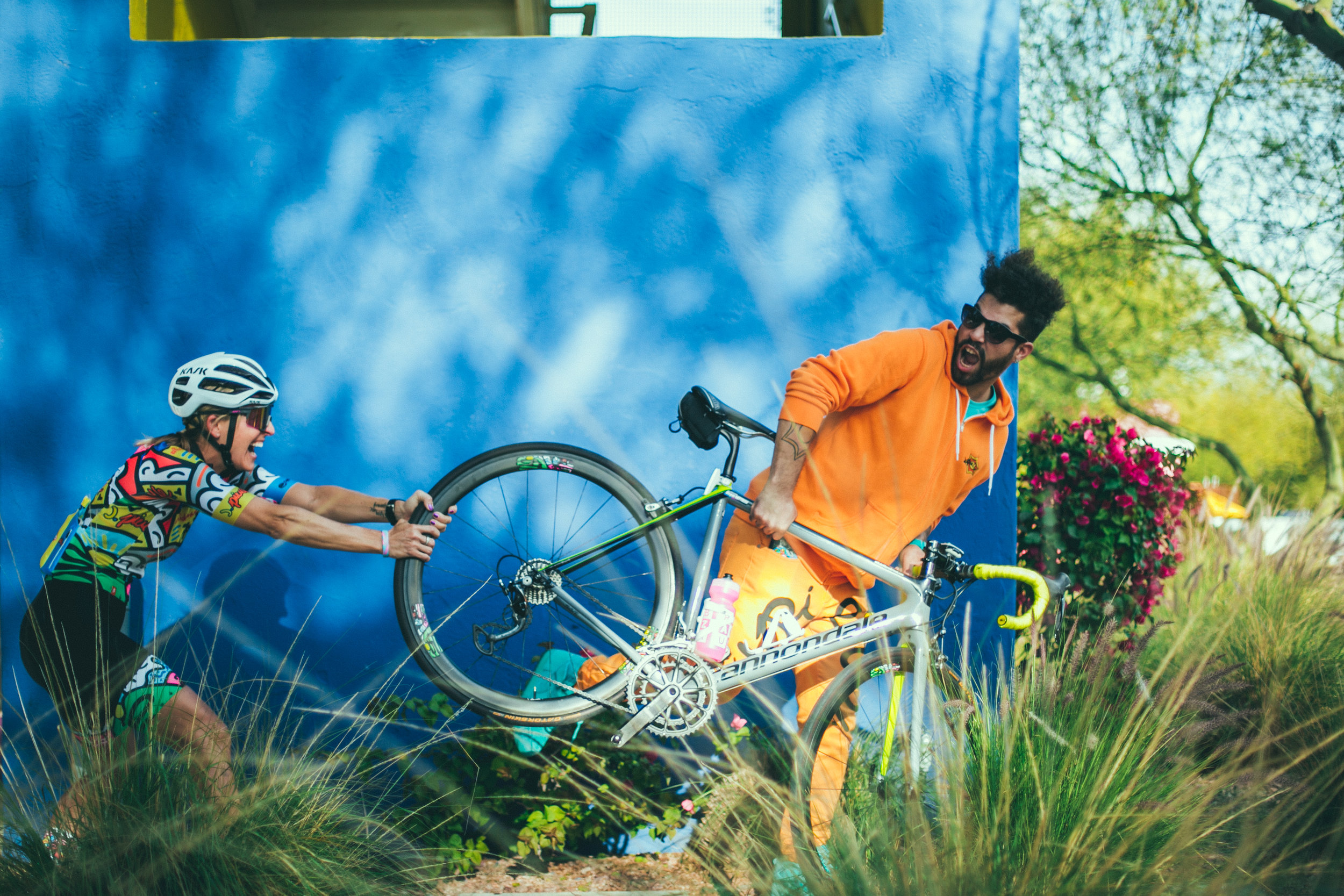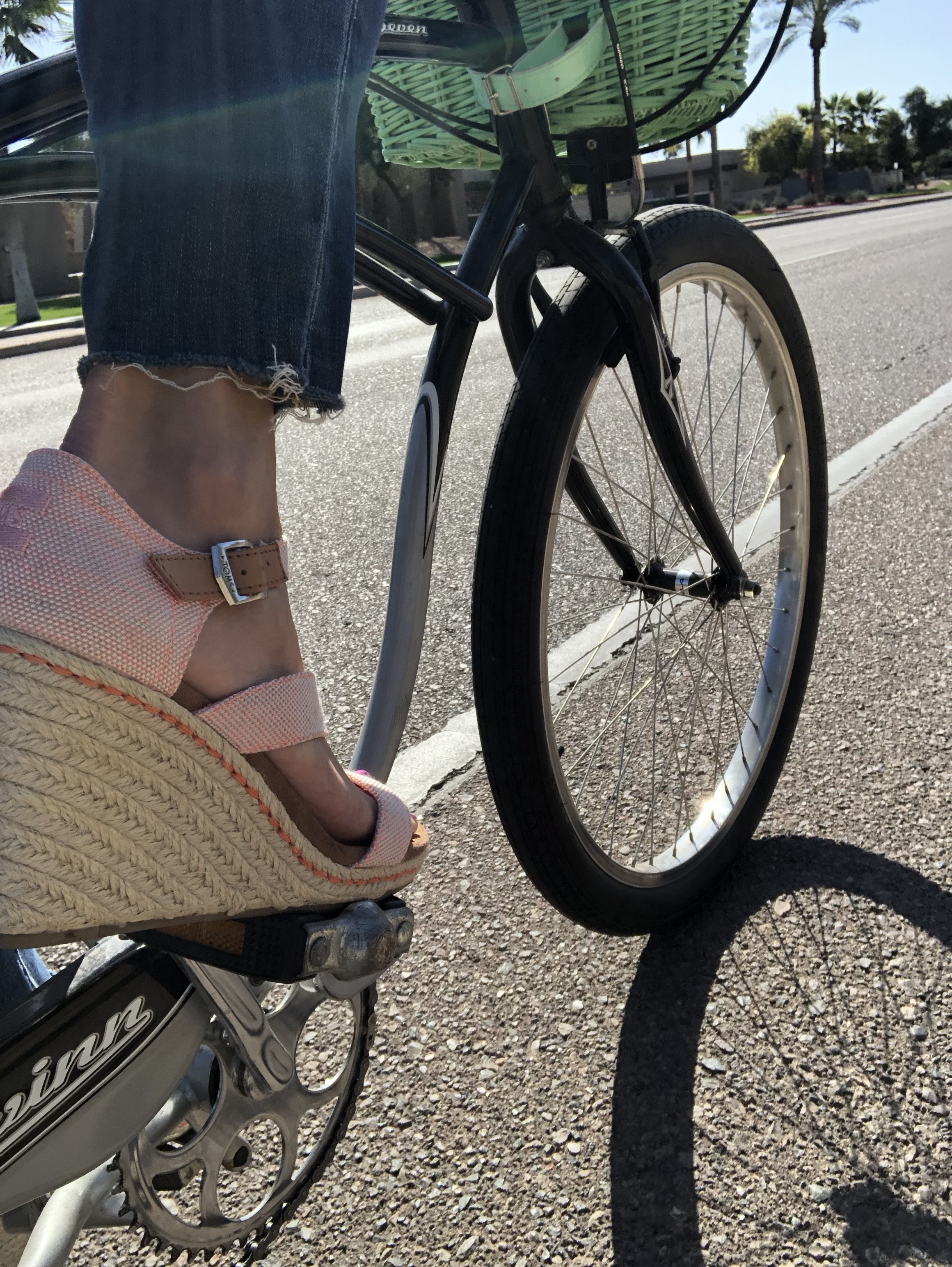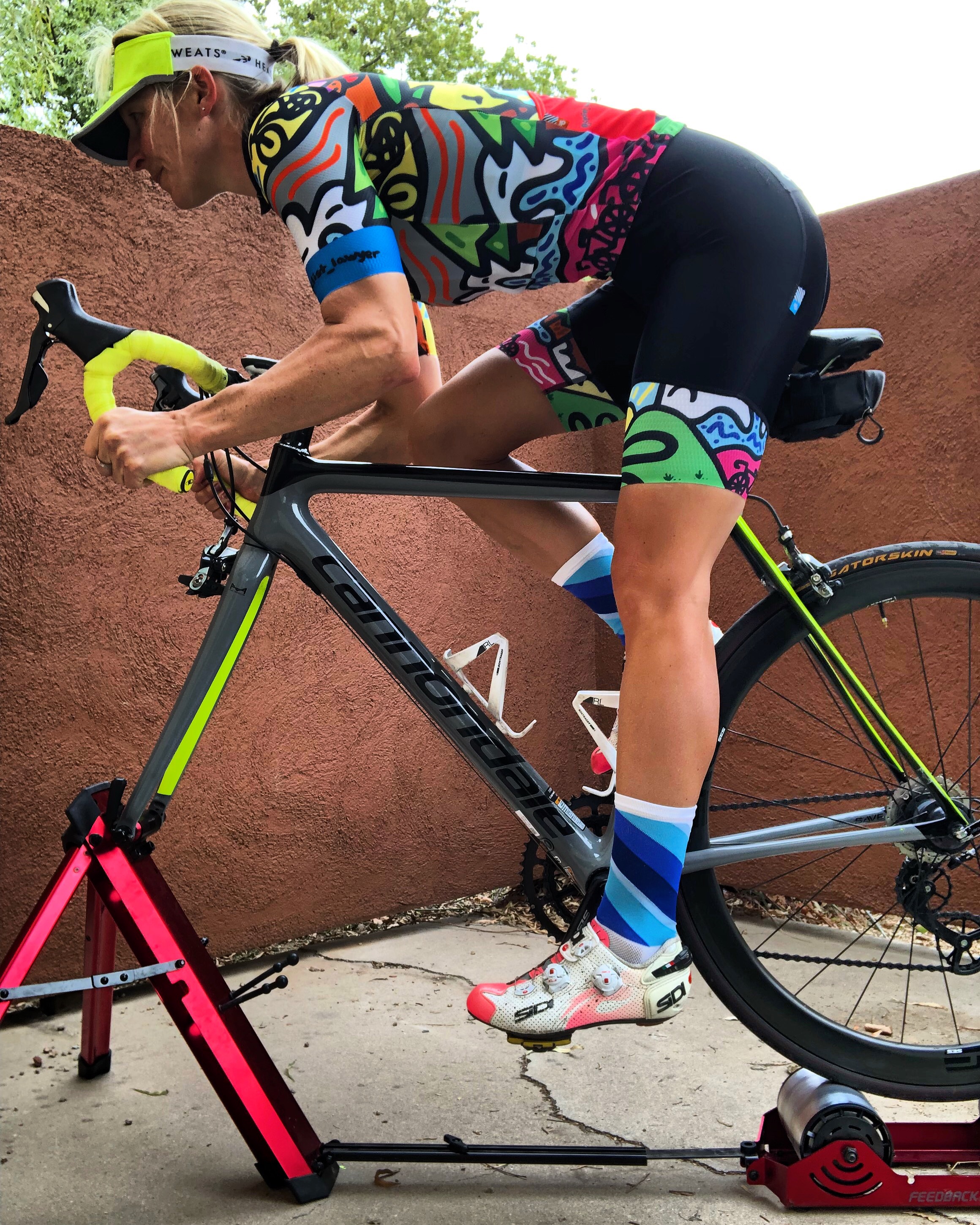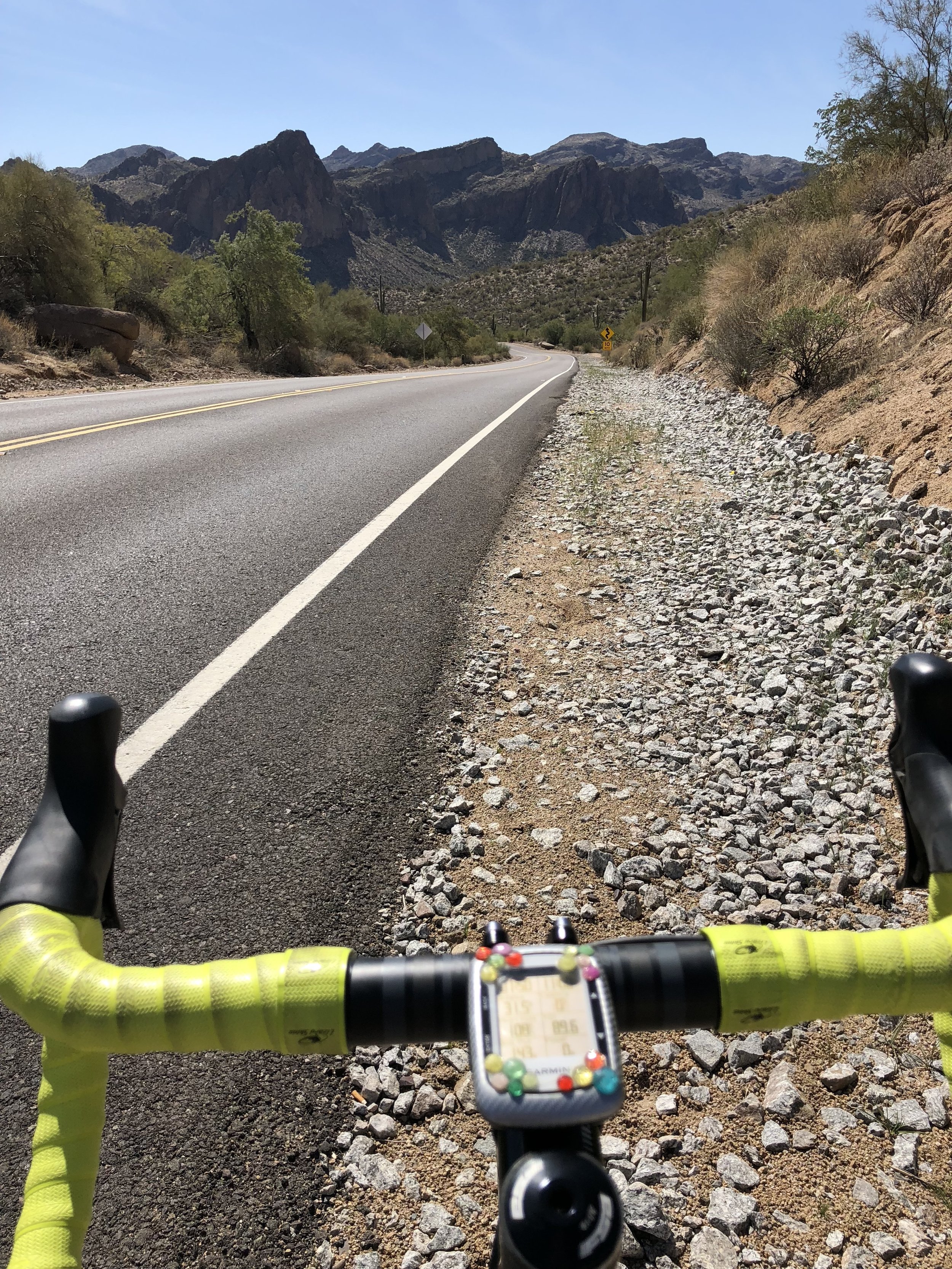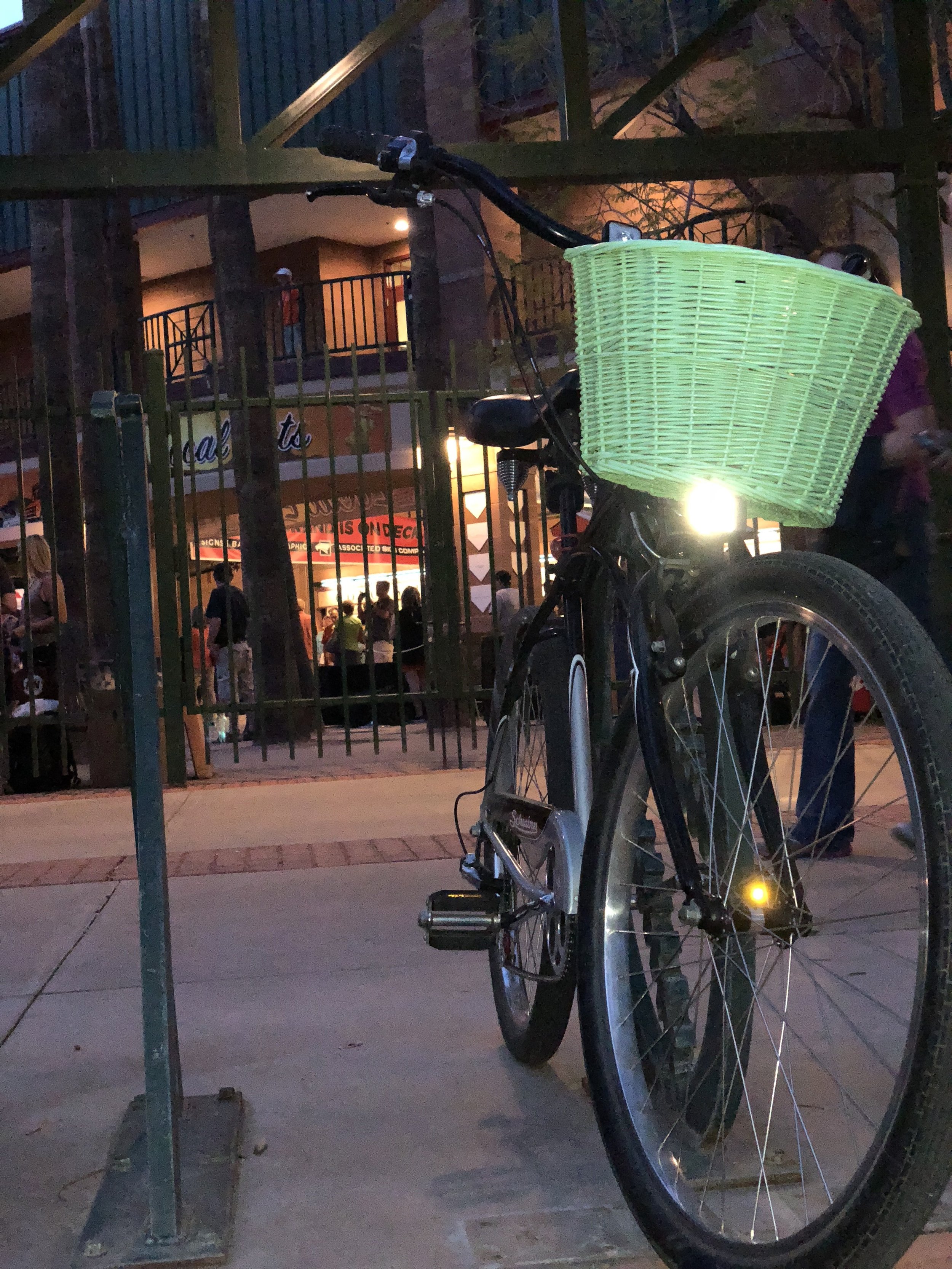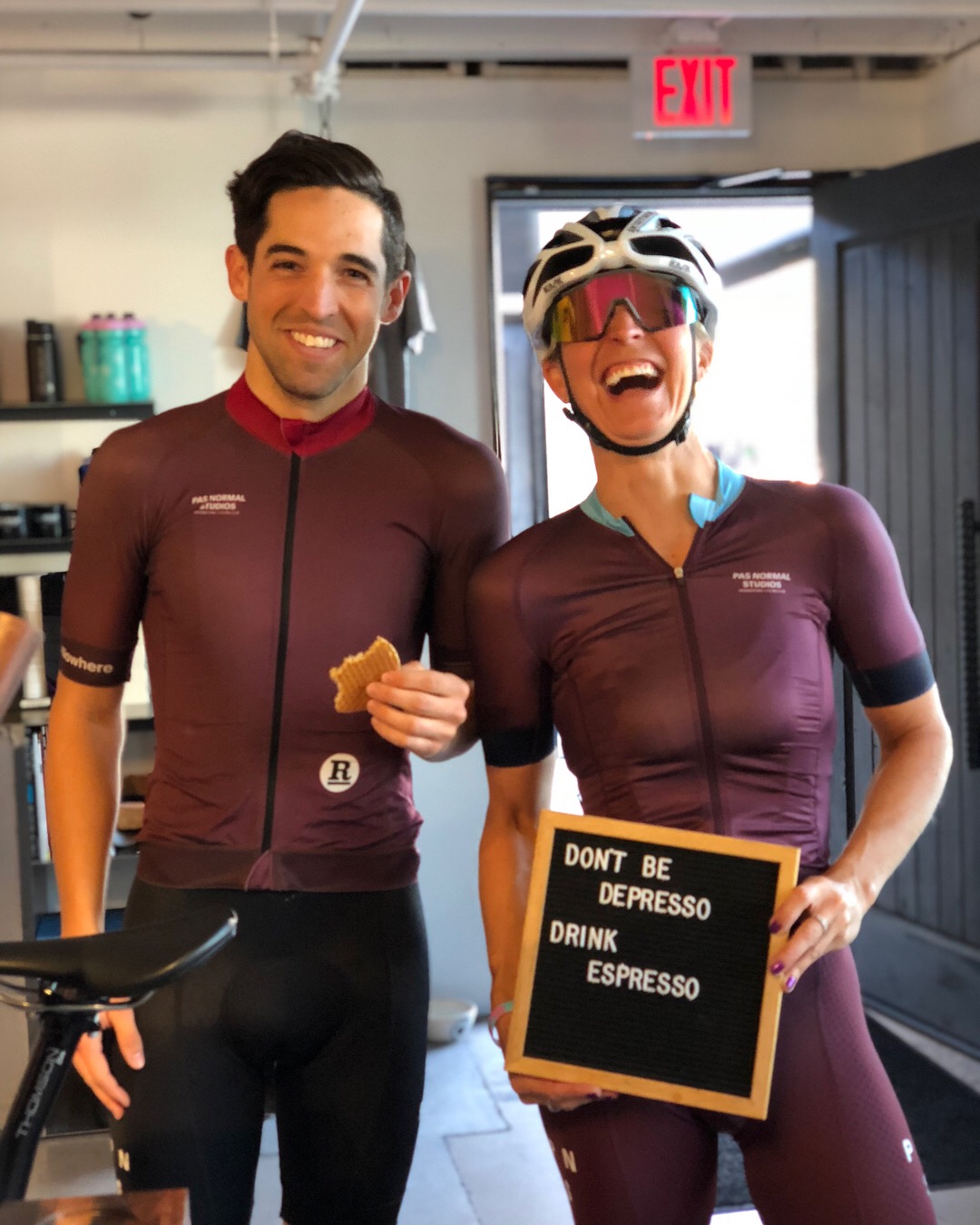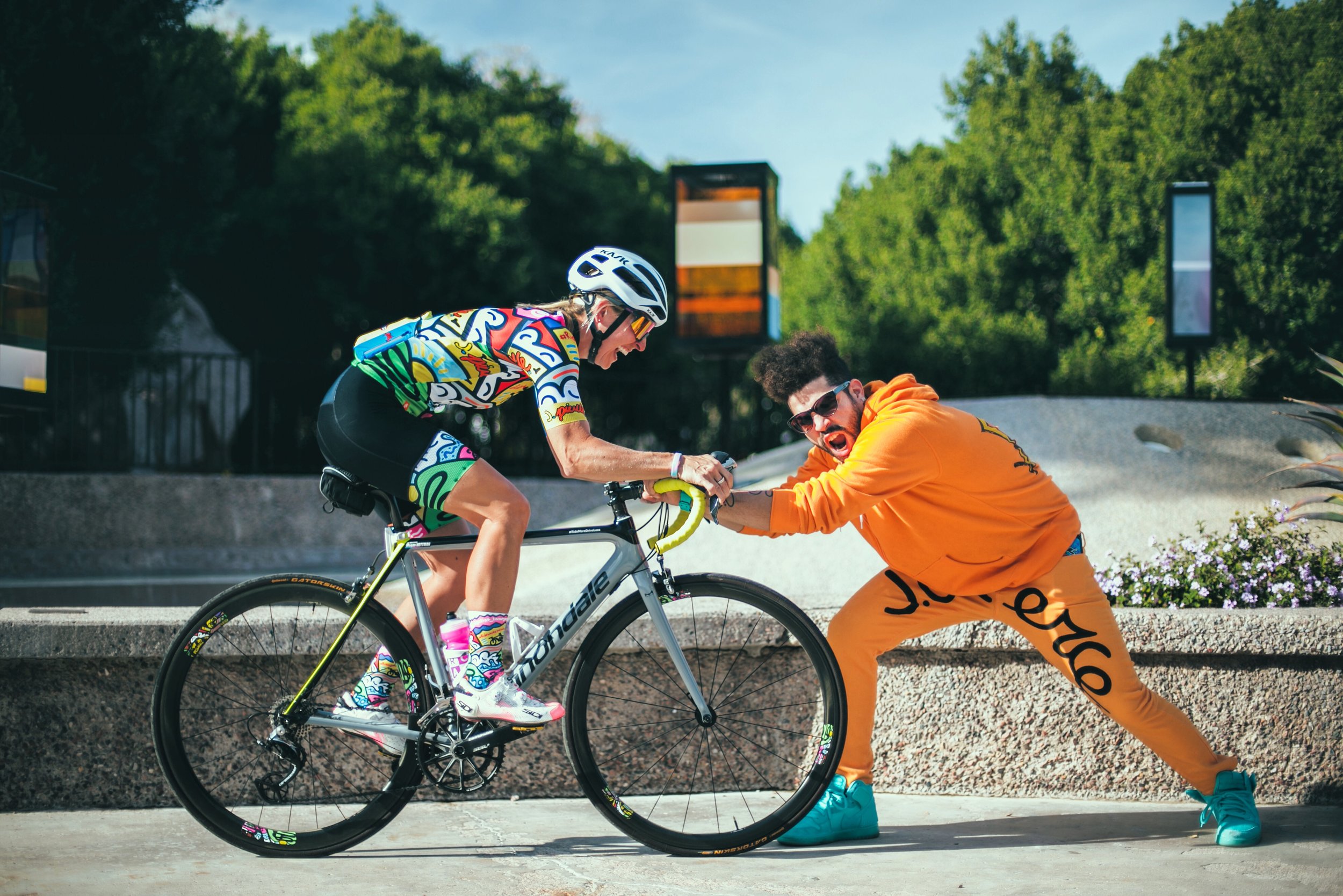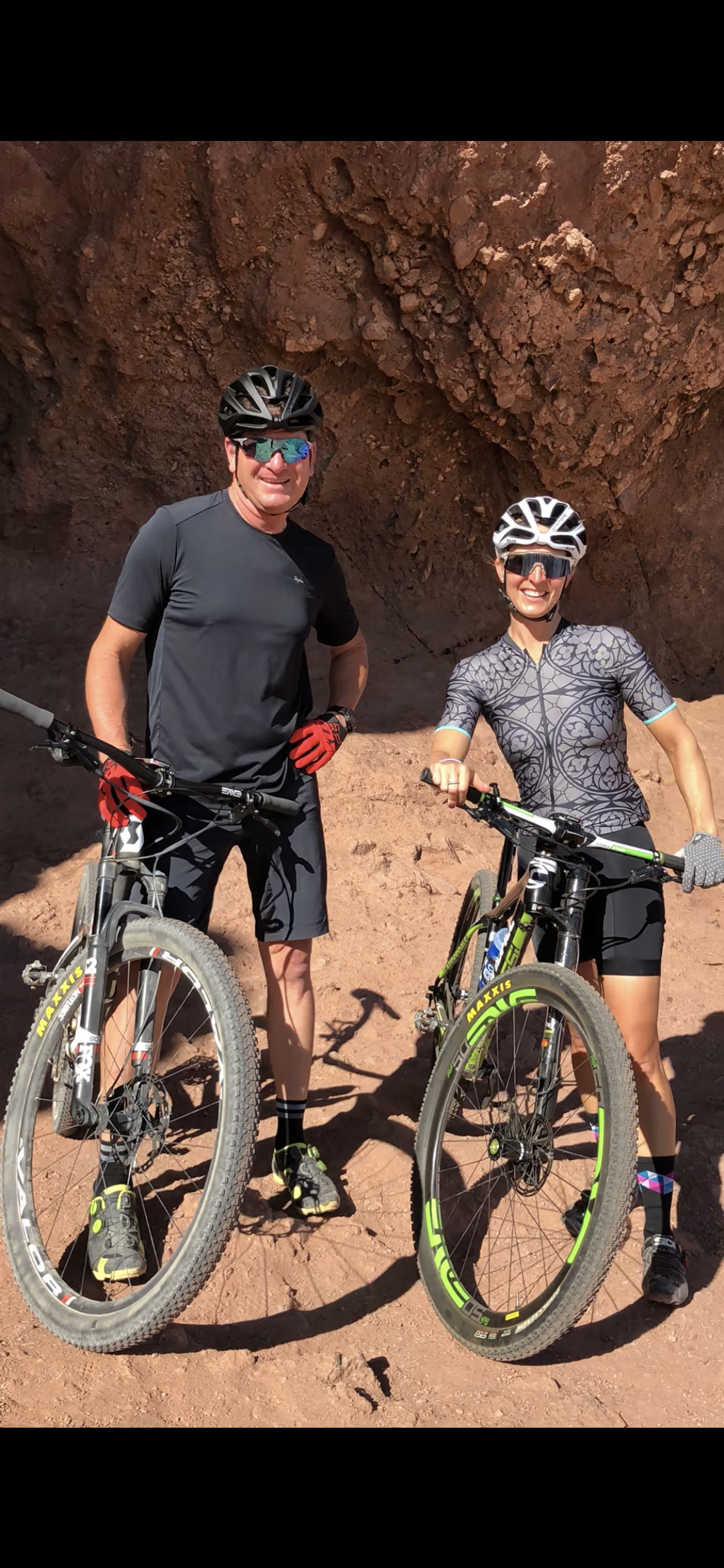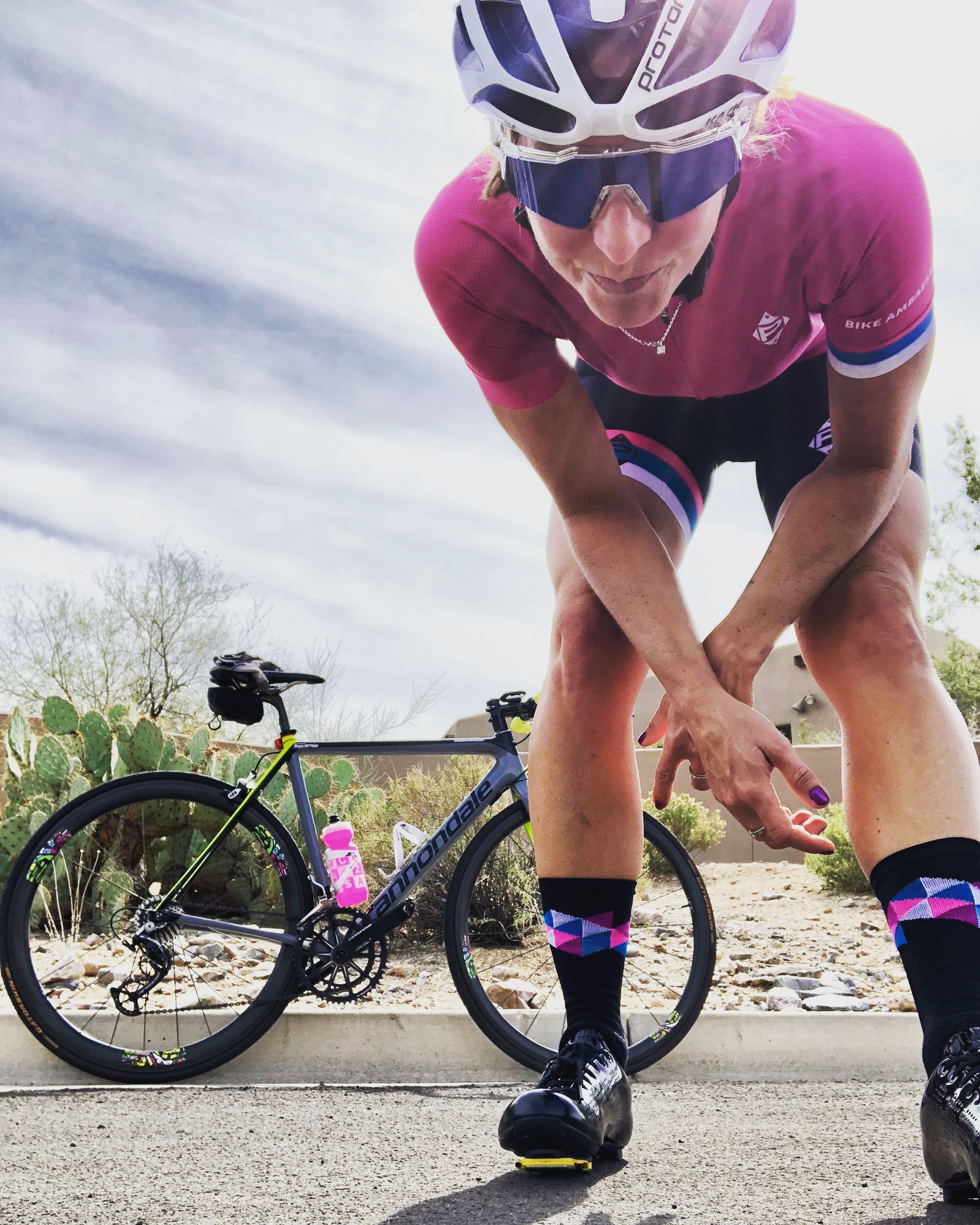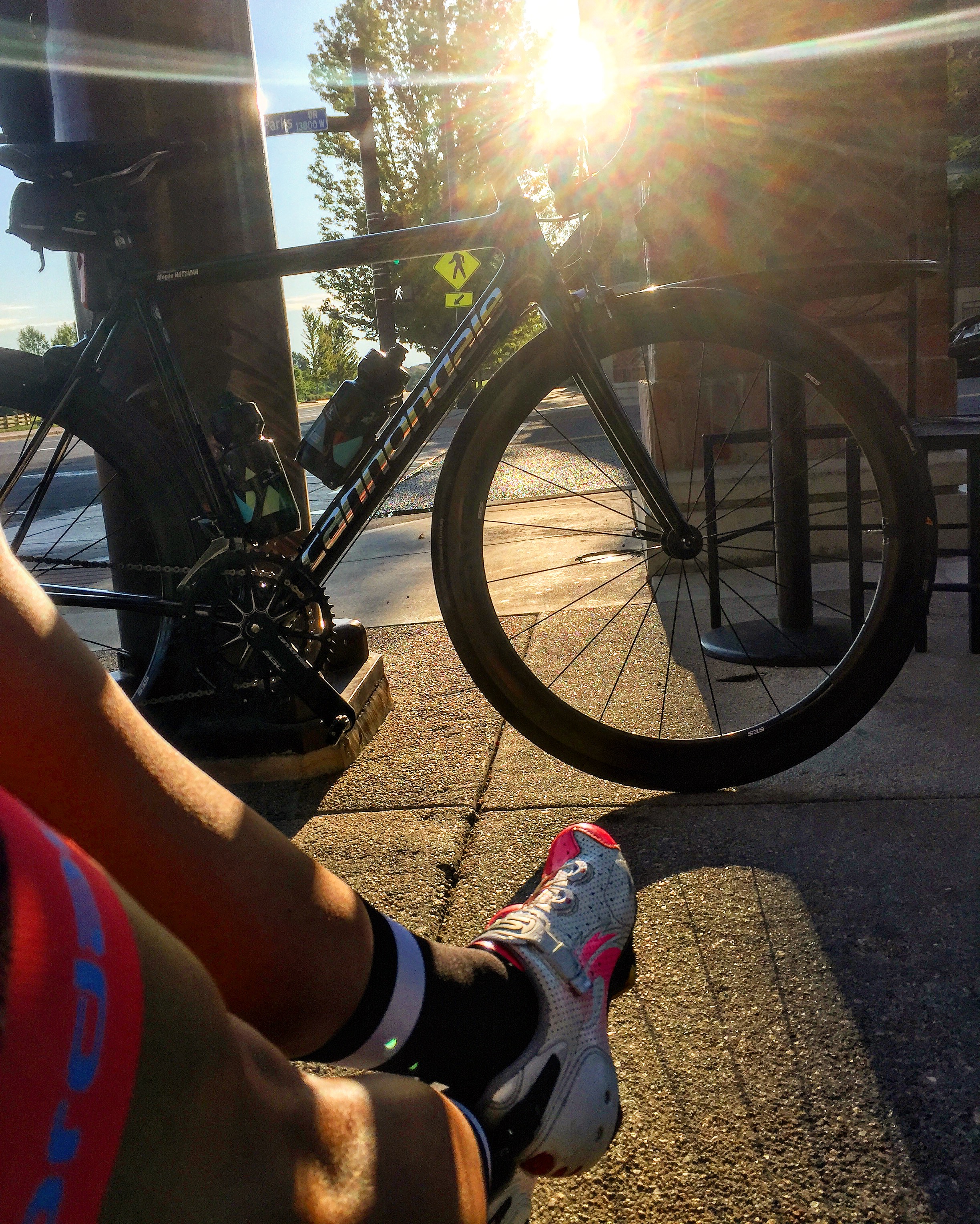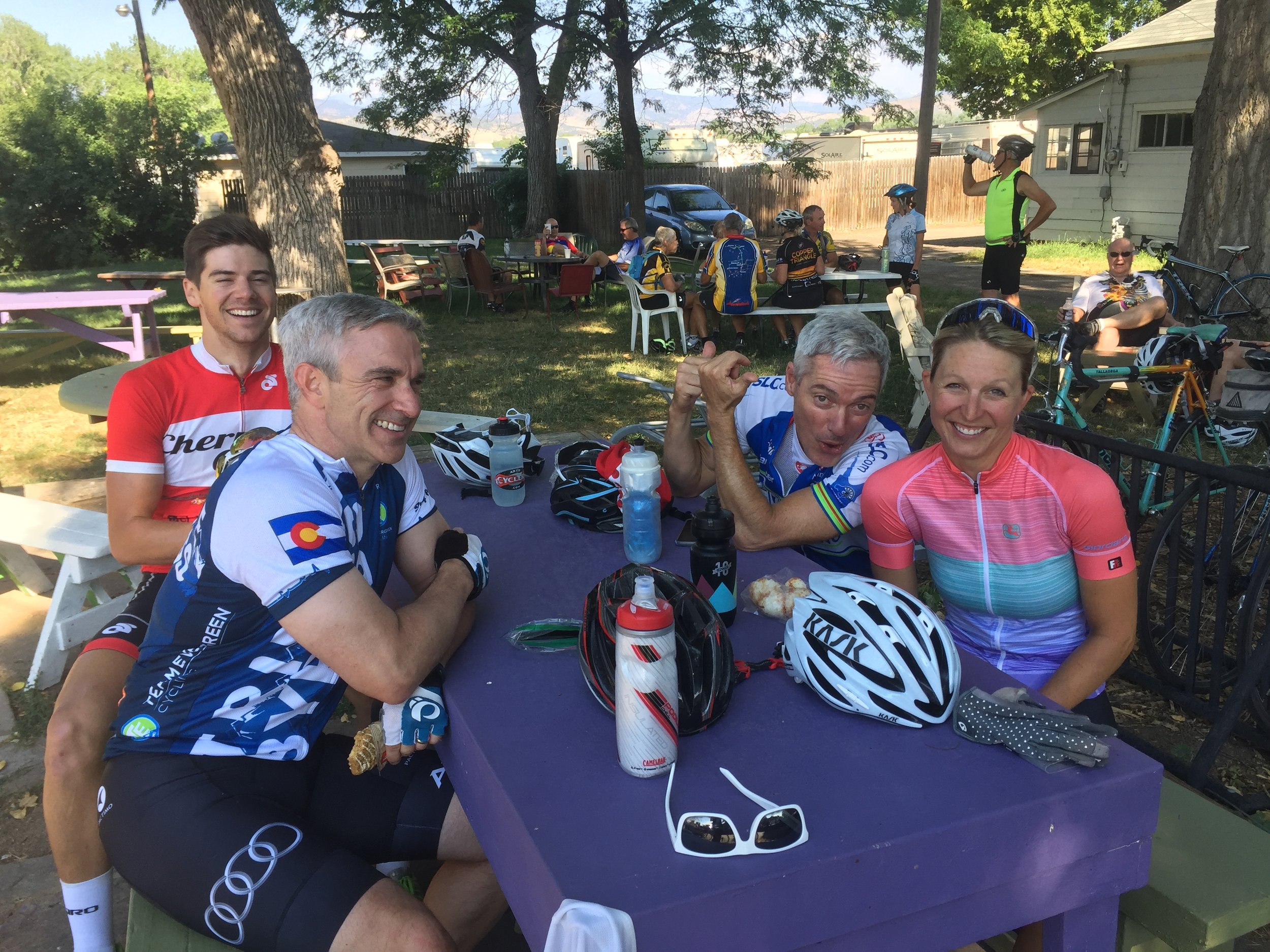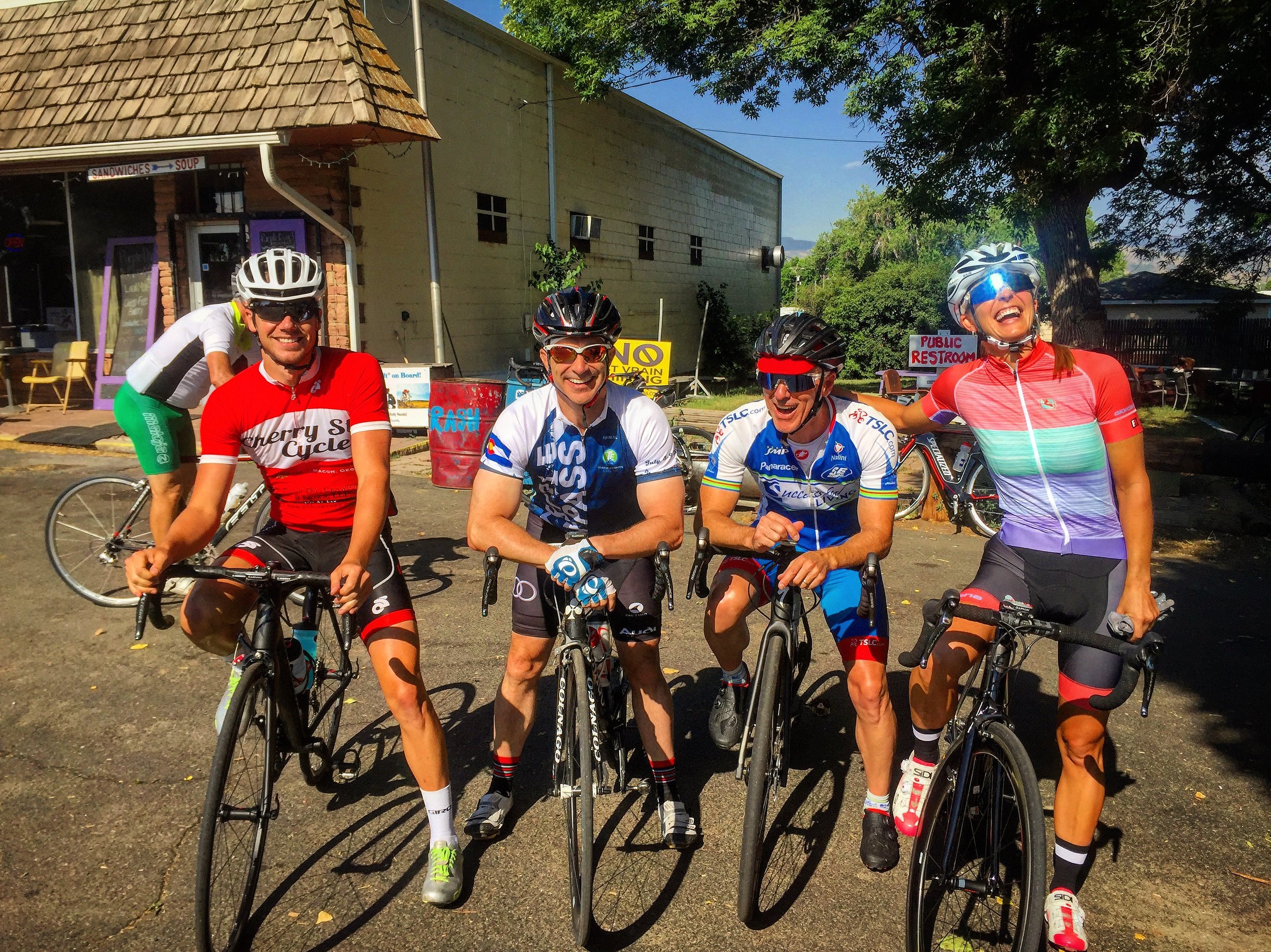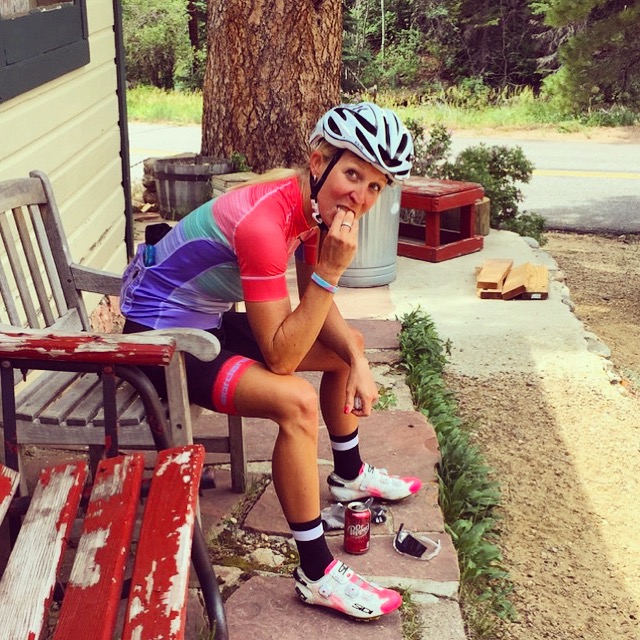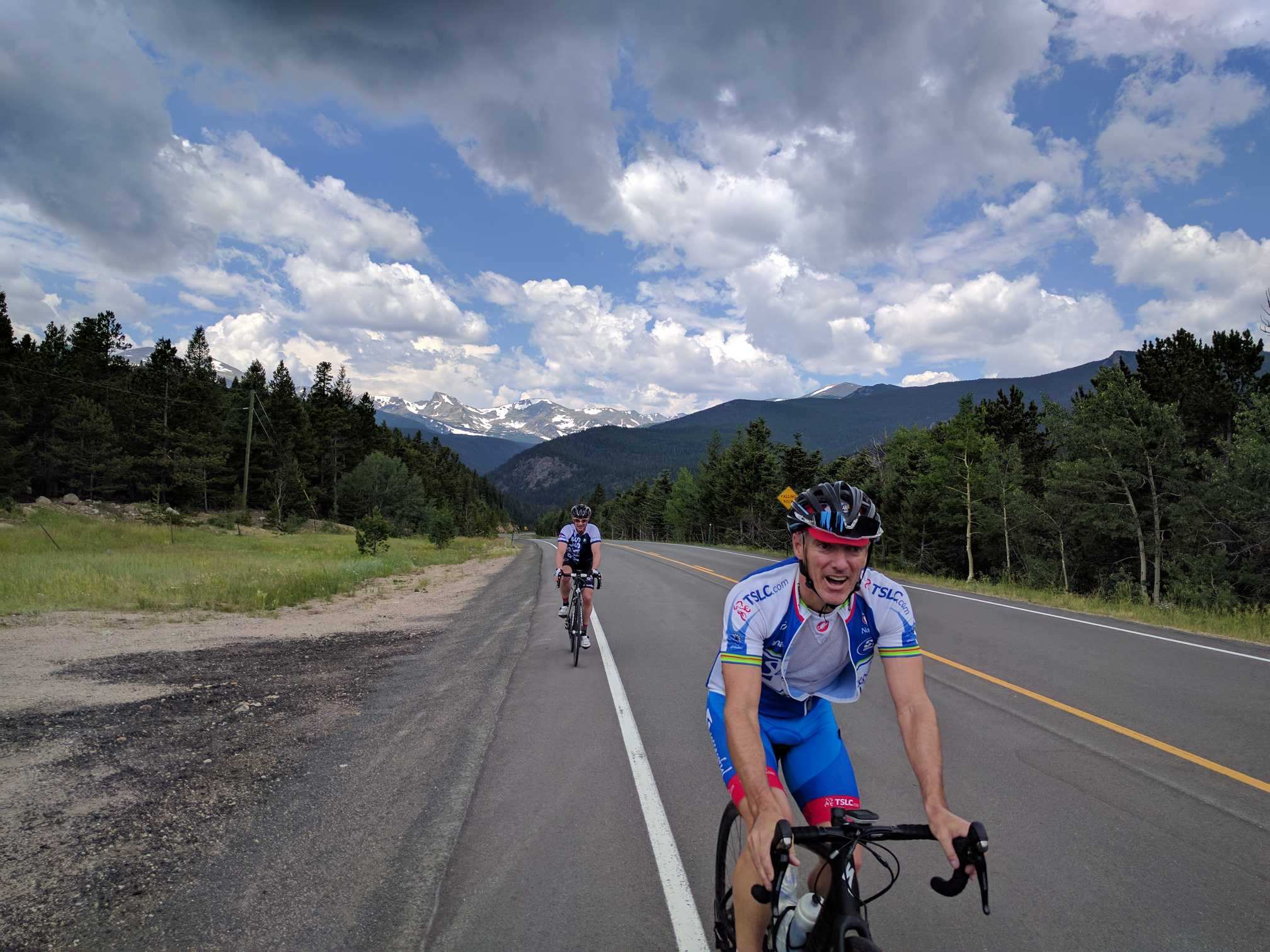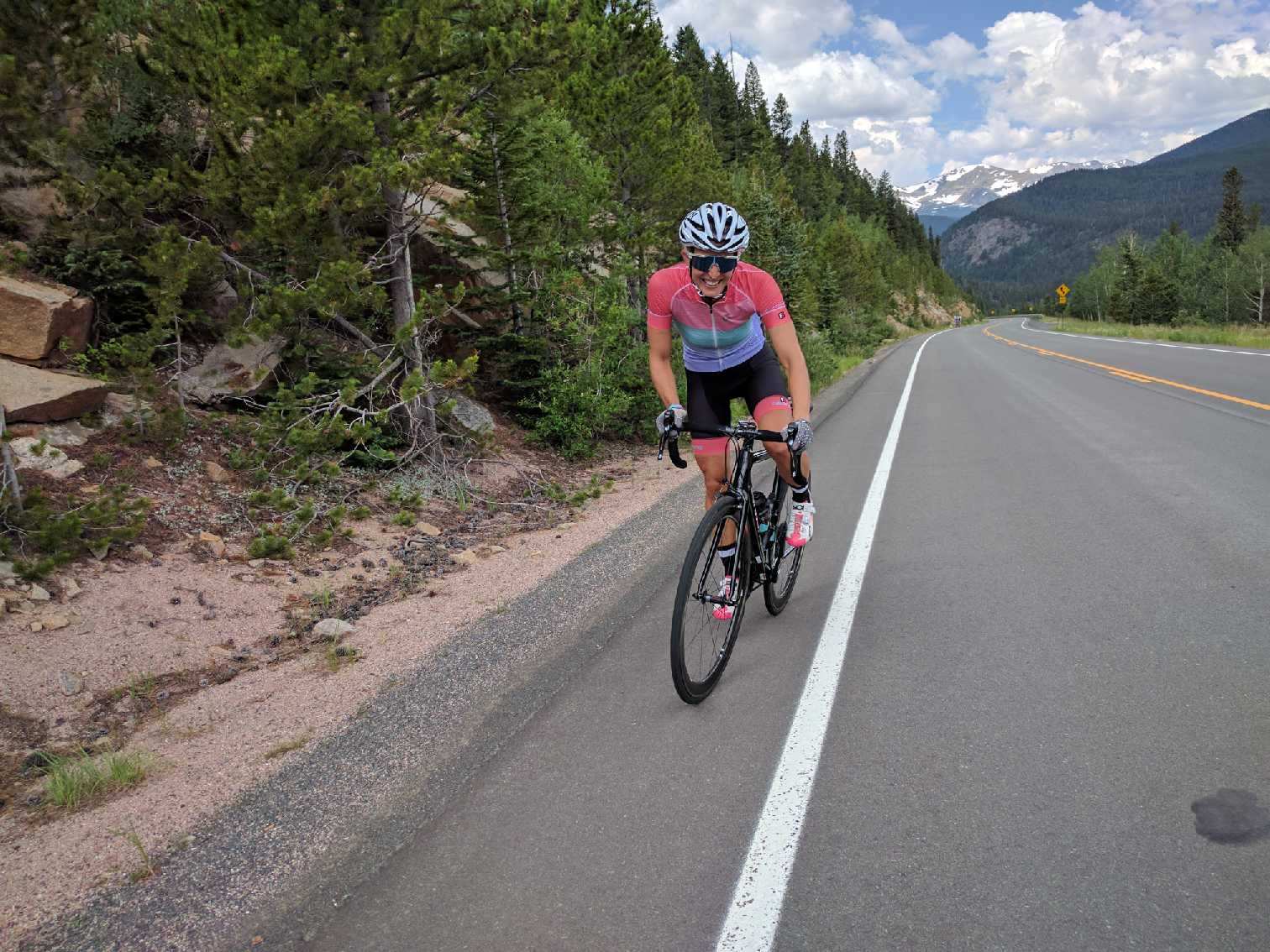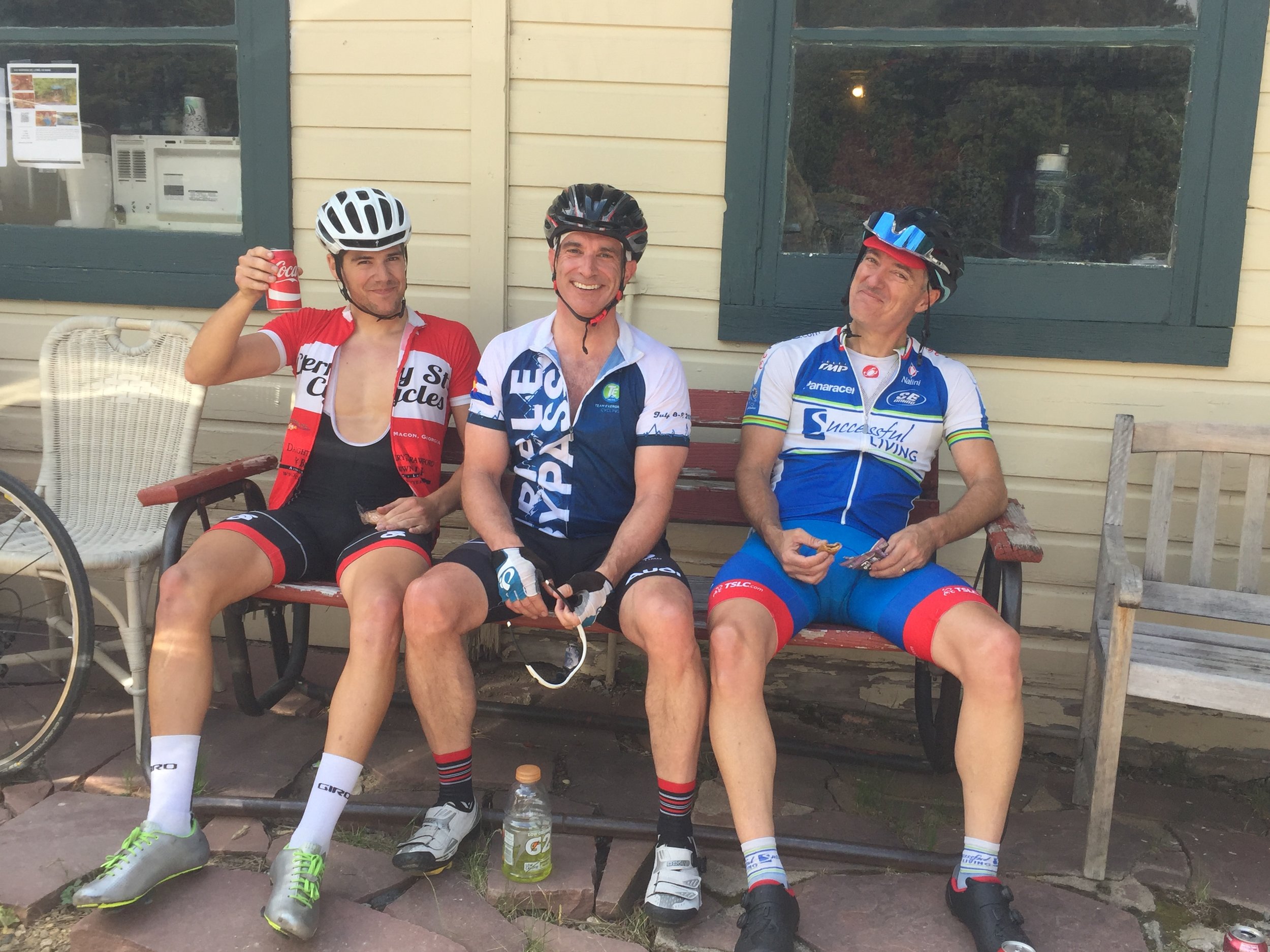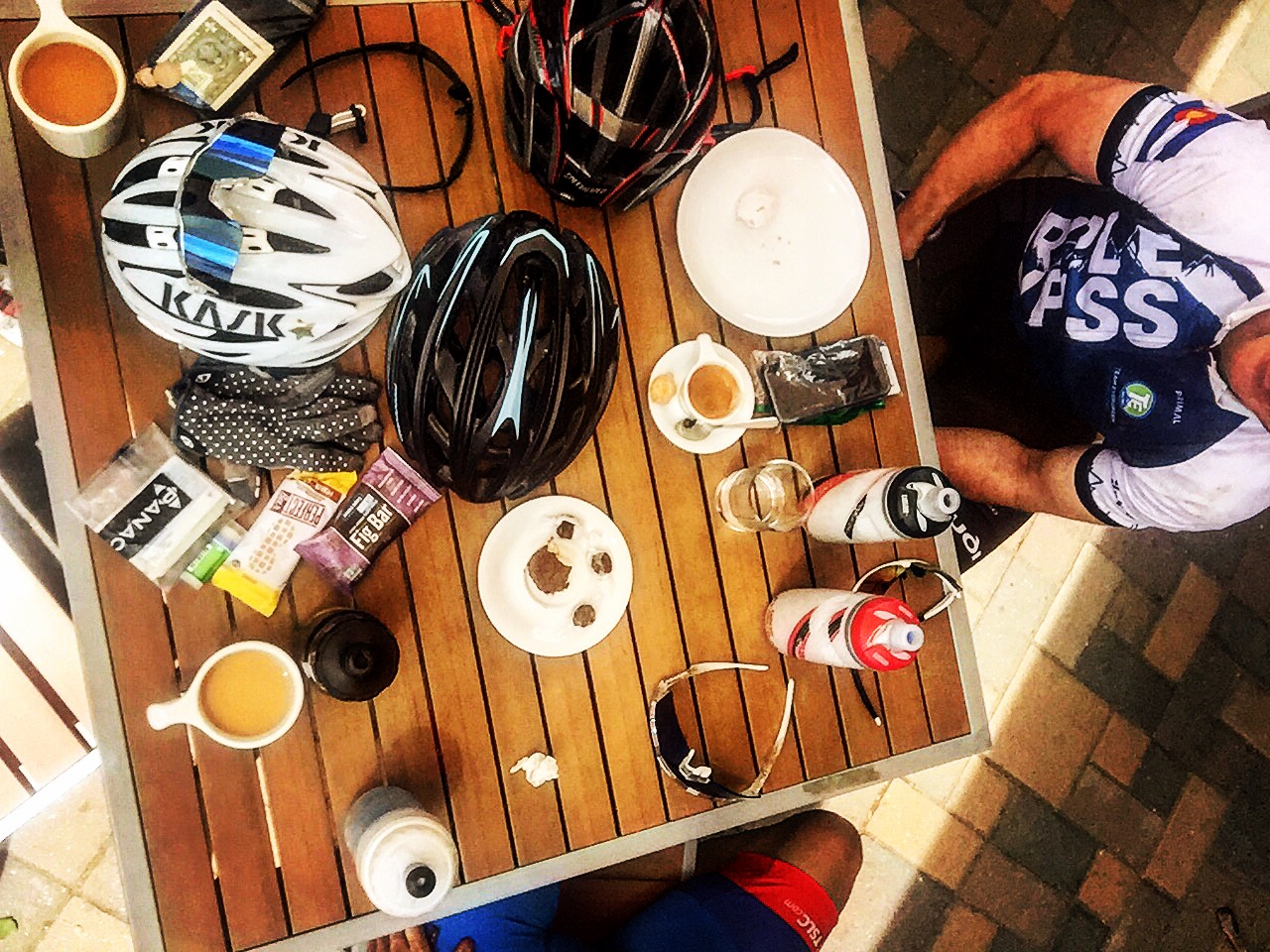It’s that time of the year again when we start seeing more cyclists on the road. Spring has sprung, and cyclists are ready to dust off their bikes and put some miles on them.
As cyclists are out enjoying the change of seasons, motorists will need to pay close attention when driving near cyclists, especially when navigating around group rides.
These rides are often a great source of frustration to motorists, especially in areas such as canyon roads, where there is little room to pass or no bike lane or shoulder for cyclists. Often, groups even take over the whole lane, riding four to five riders abreast, which makes it nearly impossible to pass safely.
We have nothing against group rides—even hard, fast group rides. Honestly, that is how most of us get faster and better. However, group rides often lack the etiquette and behavior of an organized race.
Recently, we were asked about correct and safe protocol for group rides. Two abreast? Single pace line? How many riders in a group? When can a cyclist take the lane?
Let’s begin by assessing these questions from the standpoint of a motorist. If you were driving behind your group ride, how would you feel? If you feel like you could safely pass the group, then that is a win. If you feel really conflicted, confused, or nervous because the cyclists are riding erratically or in a disorganized fashion where you cannot predict what they are about to do, then that group ride is a fail.
Next, from a legal standpoint, cyclists have all the same rights and obligations as the operator of a motor vehicle. Cyclists can ride on all roads other than certain portions of interstates.
In Colorado, cyclists can ride two abreast but not more than two abreast unless riding in a bike lane. Two abreast is really intended to be handlebar-to-handlebar, not eternity between two bikes. If you do not have the skill to ride side by side (as is sometimes the case with new riders), then you should ride single file.
You can only ride two abreast if you are not impeding the normal and reasonable flow of traffic. What does impede mean? Law enforcement we have worked with define impede as five or more cars backed up behind your group.
If you are riding two abreast, or if the group is a two-by-two line of ten riders deep, and a car is behind you that has to slow down and wait before passing you, that is not considered impeding traffic. However, if you have five or more cars starting to back up behind you causing trouble or traffic chaos, that is considered an impede. Law enforcement will pull the whole group over and write tickets if they observe this. They can cite everyone in the group, not just the people to the left. Law enforcement phones blow up with calls from motorists calling to complain about group rides e.g. too many cyclists riding abreast in a single lane, or swarming the shoulder, or taking two lanes of the road.
Should you be riding single file or two abreast in canyons? This is a judgement call. If you are not impeding anyone, then you are fine riding up a canyon two abreast. If you start to notice cars backing up behind you, then go single file, because that is what the law requires. Yes, cycling is a social sport. It is more fun to climb next to a friend. However, if it is a high traffic day, or if you are riding in hot tension areas, especially when you are climbing and going slower than a car, we recommend riding single file.
When can a cyclist take the lane? We have a pro-cyclist statute in Colorado— a cyclist must ride as far to the right as deemed safe by the cyclist and is justified in taking the lane anytime to avoid obstacles on the road, parked cars, or if the lane is too narrow for both a vehicle and a bike. In most states, motorists must give cyclists a three-foot buffer. If it is a narrow lane and there is not enough room in the lane for a car, the three-foot buffer, and the cyclist, the cyclist should take the lane to avoid being sideswiped. “Impede” is not associated with a single cyclist taking the lane.
Try to read the driver you are dealing with. If you feel that your group is going to be in danger, because taking the lane is going to set off the driver, pull over to the side of the road. It makes more sense to pull over and let that one car go by.
What is the gold standard for a group ride in terms of size? Groups should be small enough to be in control, ideally 10-20 riders. A well-oiled Tour de France team could be 20-25 riders as they take up a very minimal footprint on the road. Newer riders will take up more of a footprint, as they will have more space between the riders, between the handlebars, and will be more spread out.
If you organize a group ride, govern your group rides strictly. Remember that you are on display. The bigger the group, the more attention people will pay. The worse the behavior, the more magnified it becomes. It is guilt by association. If someone is doing something dangerous or risky on your ride, your whole group is getting lumped into that.
Guidelines we follow when organizing a group ride:
Keep the size of the group small enough to be in control (8-10 riders).
Know your riders and their levels. Put the strong riders in the front and back and the weaker riders in rows two, three, and four, etc.
Take ownership of the group ride. Go over the rules and expectations before the ride begins.
Make sure riders follow the rules. Call people out when they do something inappropriate. If they repeat the behavior, do not invite them back to the next ride.
Tom Danielson, founder of CINCH Coaching, agrees that one person must take ownership of the group ride. When he leads a ride, he calls himself the “ref,” and has even worn a ref jersey.
“You become the ref, the pilot. You’re the person in charge of the ride, and you take full ownership. A lot of these group rides, there’s no one doing that.”
Tom says that it is important for the person to call it out from the beginning of the ride: introduce yourself, say that you are the person in charge of the ride, and list the rules of the ride.
“If you are in the front, you are the bus driver,” he says. “You are fully responsible for all the passengers behind you.” It is your responsibility to point things out e.g. obstacles, slow down in advance of stop signs, or hit the brakes early before the stop sign. In the back, you are the eyes of the group. When you are in the back, you are solely responsible for all the cars behind you. For example, if the group is bunching, it is your responsibility as the “caboose” to ride up to the bus driver to communicate the problem e.g. “a little more to the right” or “car back”.
Photo courtesy of CINCH Cycling - Police escort in front of a group ride
For larger group rides, Tom recommends hiring a police escort to drive out in front of the group ride. This allows for a bigger group and for the group to use the entire road, because the police are up front. The group ride becomes safer and legal, and the community joins in. “When we had the police in front of our group, all those drivers give you a thumbs up and they cheer you on. They want to watch,” he says.
Tom admits that cycling has changed a lot since the 80s when group rides first started. He attributes this to fewer cars on the road back then. Cars were not going as fast. Group rides consisted of ten riders. Etiquette was far more enforced among riders. “We all want group rides to continue. It’s part of the cycling culture, but things have to change.”
When it comes time for your group ride this season, remember to practice safe riding and follow the rules of the road. Avoid dangerous situations with motorists when possible. Put yourself in the driver’s shoes when you are on a group ride. Ask yourself how you would feel as a motorist behind your own group ride.
Check out this video on group riding that we worked on with the Golden Police Department.





